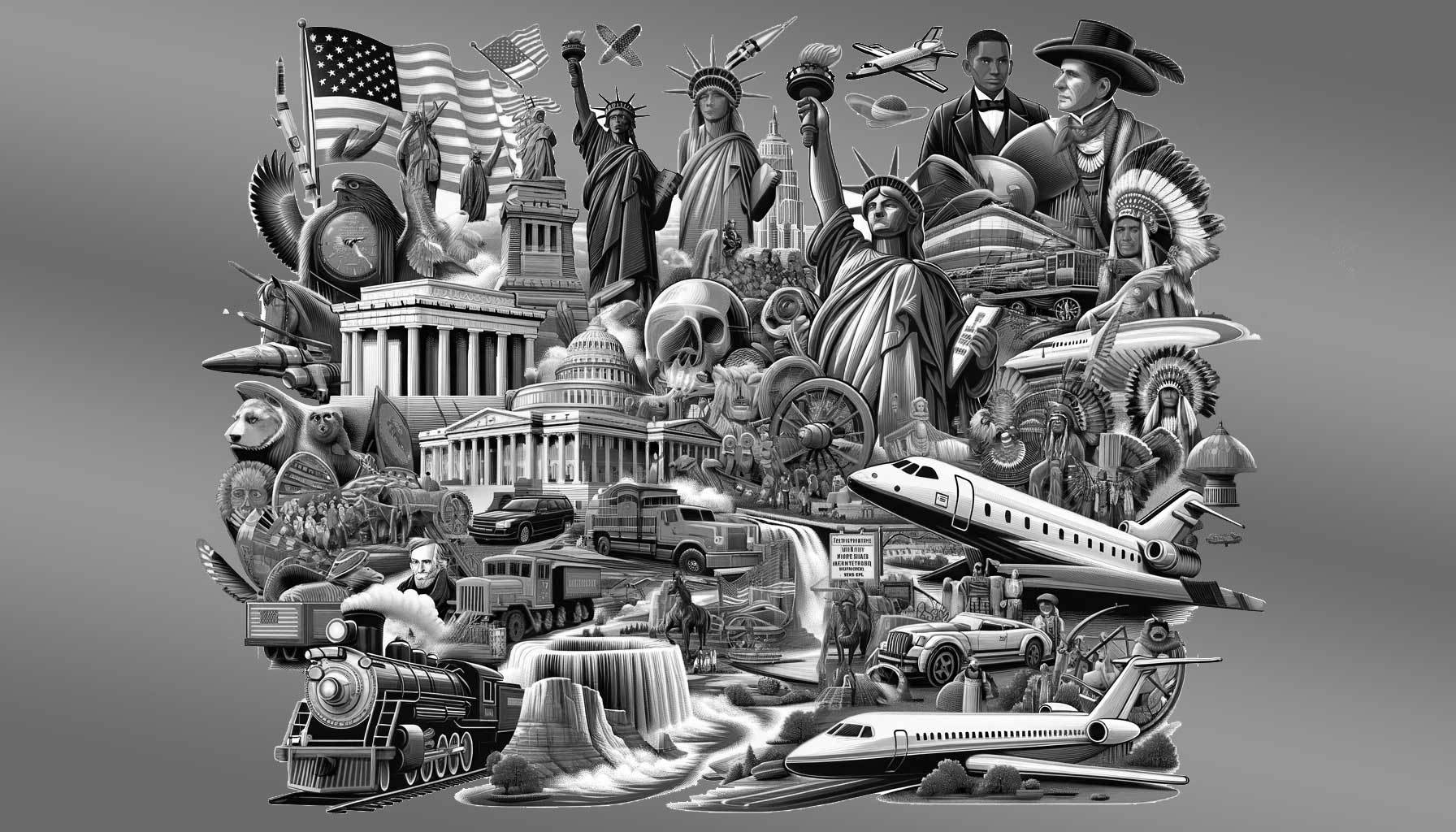Flashback to October 14
American History

1834
Henry Blair is the first African American to obtain a US patent. The patent was for a corn planter
Read moreThe remarkable tale of the first African American to procure a US patent is one that deserves much more recognition than it currently has. This momentous event happened on 14th October, 1834, forever imprinting the name Henry Blair within the hallowed annals of American history. His tenacity, innovation and determination, demonstrated in the development of a corn planter, turned a significant chapter in the tale of African American inventors and technological progression, shattering racial barriers of the time.
Henry Blair was an African American farmer, renowned for being an inventor with a sharp, intuitive mind that helped him address certain challenges while sowing corn seeds. It was this innovativeness that culminated in the design and development of a corn planter, a piece of machinery that changed the face of American farming, making the arduous process of planting seeds much less labor-intensive and far more efficient.
The corn planter, fashioned meticulously by the hands of Blair, held an intriguing mechanism that facilitated the faster planting of seeds in extensive farms. The contrivance was designed to create a furrow in the ground, where the seeds would be dropped, then covered with soil. This provided an optimal environment for the corn to germinate and grow, vastly increasing the productivity and profitability of farms across the United States.
With his game-changing invention ready and functional, Blair took the next big step – getting his creation patented. On 14th October, 1834, Blair became the first African American to acquire a US patent. Marking an unforgettable historical occasion, this innovative black farmer etched his name into the fabric of American innovation, undeterred by racially oppressive conditions of the period.
The corn planter, protected by US Patent number 8447X, catapulted Blair into a unique position. An African American man, who was possibly a freed slave, was recognized by a governmental institution at a time when slavery was a ghastly part of the American landscape. The US Patent Office, in granting Blair the patent, acknowledged his intellectual property rights, defying prejudices and social norms of the era.
It is noteworthy that Henry Blair was not a one-hit-wonder. He eventually went on to secure another patent, just two years later in 1836, for a cotton planter. This new invention further revolutionized agriculture by facilitating the planting of cotton seeds and contributed significantly to the advancement of cotton farming in America.
Henry Blair’s story serves as an inspiration for aspiring inventors and entrepreneurs, underscoring the significance of perseverance, innovation, and resilience. His accomplishments resonate loudly, demonstrating how one man’s ingenuity could revolutionize an entire industry and make a profound sociopolitical statement.
Let the tale of Henry Blair remind us of the crucial contributions of African American inventors to the technological and economic prosperity of the United States. His transformative inventions, the corn and cotton planters, indeed attest to the vast potential and profound impact of patent protection and intellectual property rights. Just as importantly, Blair’s remarkable achievements highlight the immeasurable value of recognizing and acknowledging the intellectual prowess of all individuals, regardless of race or other social identities.
We strive for accuracy. If you see something that doesn't look right, click here to contact us!
Sponsored Content

US President Ronald Reagan…
On October 14, 1982,…

First Continental Congress is…
Unveiling a monumental moment…

The Staggers Rail Act…
Commemorating the transformative moment…

The New York Gold…
Experience the rich history…

11 leaders of the…
On October 14, 1949,…

Henry Blair is the…
"Recognized as the first…

